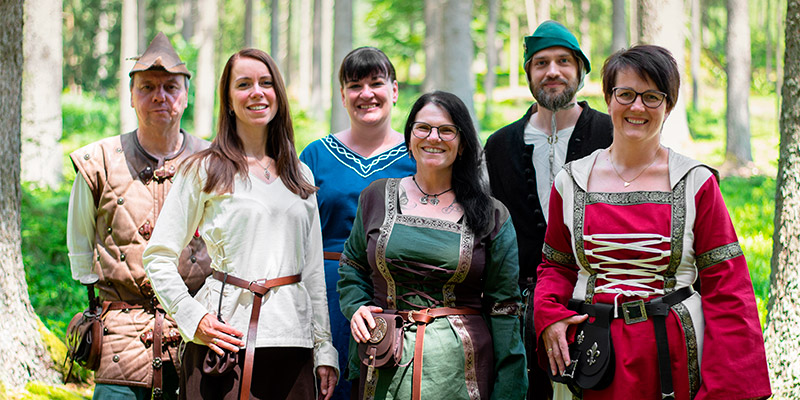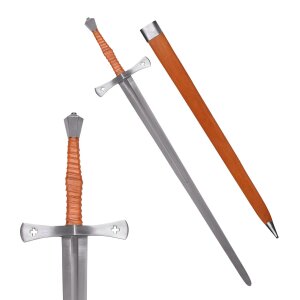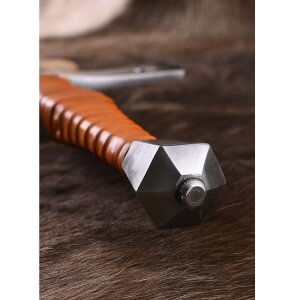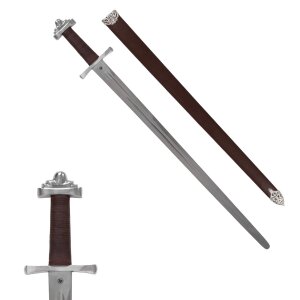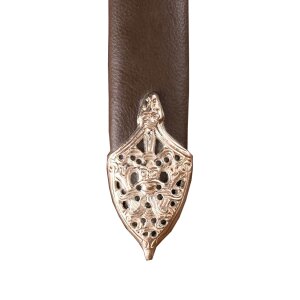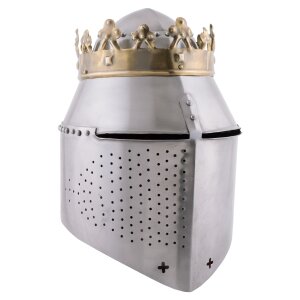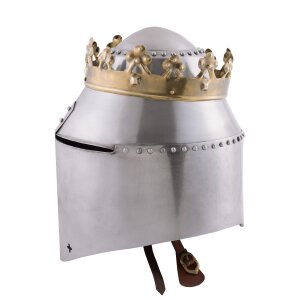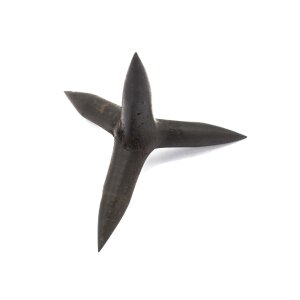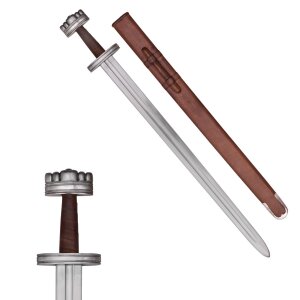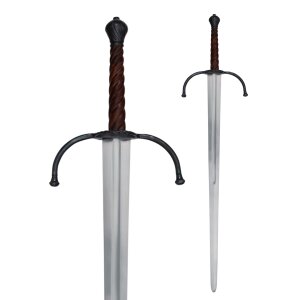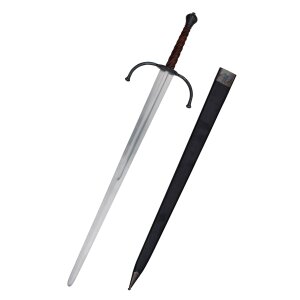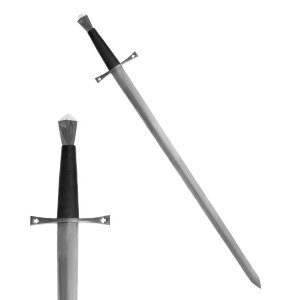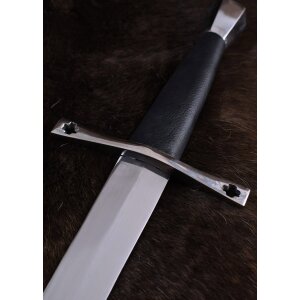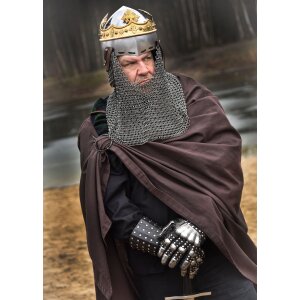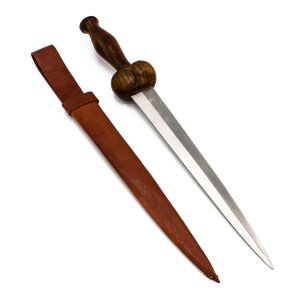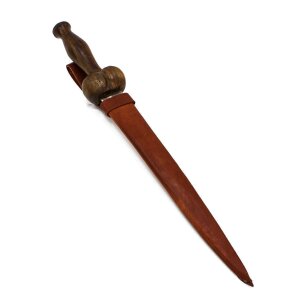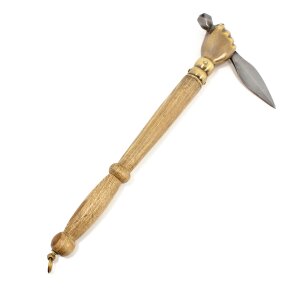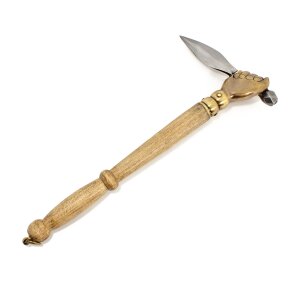Similar items
171,99 € *
- Available
-
Delivery time: 6 - 7 working days* (DE - int. shipments may differ)
199,99 € *
- Available
-
Delivery time: 6 - 7 working days* (DE - int. shipments may differ)
179,99 € *
- Available
-
Delivery time: 6 - 7 working days* (DE - int. shipments may differ)
6,90 € *
- Available
-
Delivery time: 2 - 3 working days* (DE - int. shipments may differ)
219,99 € *
- Available
-
Delivery time: 6 - 7 working days* (DE - int. shipments may differ)
199,99 € *
- Available
-
Delivery time: 6 - 7 working days* (DE - int. shipments may differ)
49,99 € *
- Available
-
Delivery time: 2 - 3 working days* (DE - int. shipments may differ)
169,99 € *
- Available
-
Delivery time: 6 - 7 working days* (DE - int. shipments may differ)
49,00 € *
- Available
-
Delivery time: 2 - 3 working days* (DE - int. shipments may differ)
159,99 € *
- Available
-
Delivery time: 6 - 7 working days* (DE - int. shipments may differ)
Question about item
pieces

